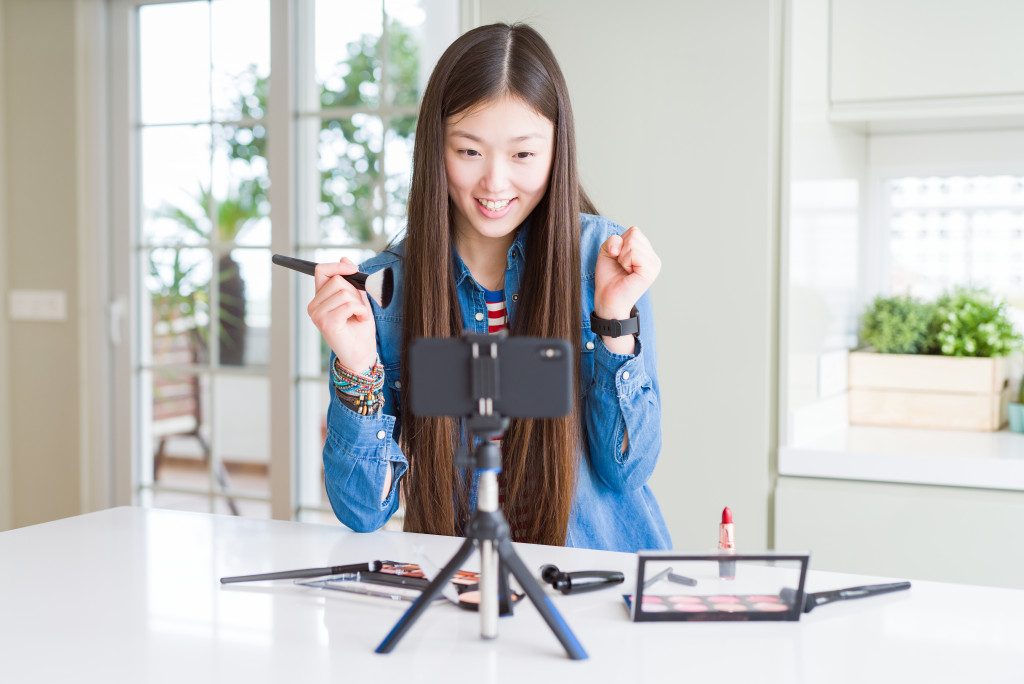Digital marketers these days constantly struggle with all the noise and clutter on social media. Gone are the days of simply posting pictures with a simple caption. Users are expecting more from the brands they follow, and they want to see more compelling stories to encourage them to make a purchase. In this case, storytelling, social conversations, and online content have a big impact on what and how the audience chooses to buy.
Digital marketing strategies have further evolved to meet the changing demands and expectations of business owners and customers. The rise of online shopping fueled by the pandemic urged companies to seek e-commerce SEO services to drive brand awareness and fill the marketing funnel. Besides this approach, brands are now seeking the help of social media influencers to earn a large following.
Influencer marketing is no different from using commercial models for advertisements. The only difference is the chosen influencer should use the power of their social media platform to advocate and engage the brand’s message to their thousands or millions of followers. To reap the exciting rewards of influencer marketing, we’ll talk about ways to choose the right influencer for your brand.
Engagement rate

The engagement rate is an indicator of how the audience responds and resonates with the influencer’s content. Do these readers, like, comment, and share? This ensures your chosen influencer is always available to accommodate concerns, comments, and questions from their audience.
An influencer doesn’t need to be an expert, they just need to be active enough to keep their audiences interested. They engage the audience by uploading vlogs, hosting Q&A, and updating their social media accounts.
A high engagement rate shows the audience consistently follows and engages whatever the influencer publishes. To determine the engagement of each post, simply add the overall number of likes and comments on a single post. Divide the total with their current number of followers, then multiply it by 100.
Besides computing the engagement rate, find out if the influencer devotes time to interact and respond to their followers every day. Influencers with quicker response times are likely to develop positive relationships with their audiences. In turn, the audience is likely to engage in whatever content the influencer shares with them.
Relevance
Work with influencers whose content is aligned with your brand messaging. Even if both of you are in the same niche, their messaging and content should be complementary or consistent with your brand.
For example, a tech-savvy influencer doesn’t immediately guarantee they can effectively promote your gaming application. Meanwhile, a real estate firm would look good on a lifestyle influencer’s profile.
If the voice and aesthetics of the influencer’s content don’t complement your brand, it’s unlikely to reach the desired audience, regardless of how engaged they are. It can even harm or muddle the reputation of your brand.
When checking influencers’ profiles, try to imagine how your products or services will look once they’re advertised on their feed. Influencers whose content fits your brand messaging are likely to gain a more interested audience. This way, sponsored posts will create a bigger impact on the audience.
A great tip is to find influencers who are existing customers of your brand or have left positive comments about you. Influencers have a way of knowing what their audience wants and the ways to reach them. So, if they’re interested in your products or services, there’s a bigger chance your brand is a good match for their followers.
Authenticity
Real influencers have a huge, dedicated following. They have established ways to gain the trust and loyalty of their audience by constantly talking about a specific niche, such as fashion, food, or lifestyle. Some may even be experts, such as doctors, designers, or food critics. These people showcase their expertise by posting tips, advice, and personal stories, along with related photos and videos.
To measure authenticity, read the influencer’s captions on sponsored and normal posts. Check if they have the skills in crafting stories using well-thought-out captions. Sponsored posts shouldn’t just be promotional content but also contain meaningful feedback or story. They may highlight what they love about the product, how they use it, and the reason behind the collaboration.
It’s vital to have a wide perspective when choosing an influencer. Whatever your niche, having the right influencer to represent your brand can help you create authentic and compelling content that allows the audience to associate the content with your products or services offered. If done well, your influencer marketing campaign can potentially boost brand preference among their followers.

